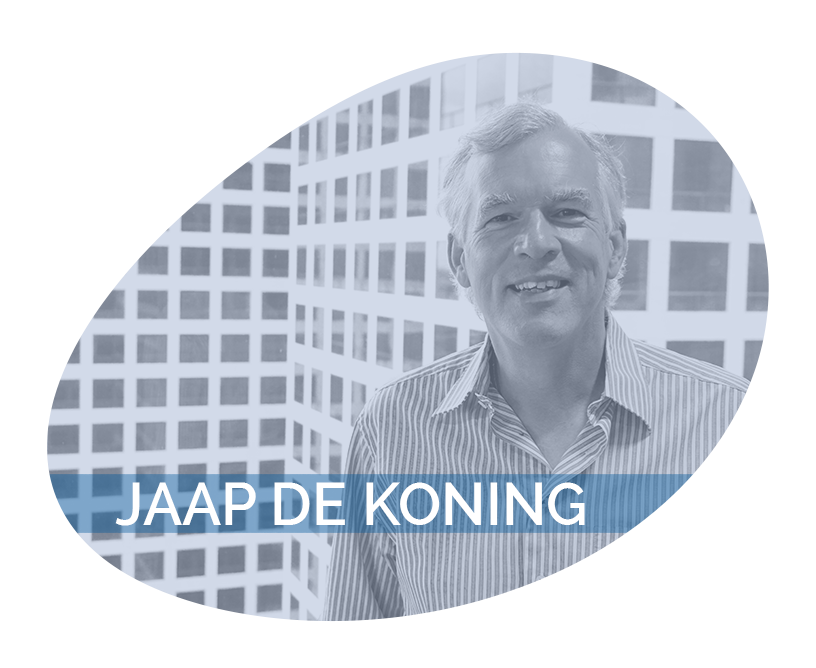Gepubliceerd op:1 juni 2018
In deze (Engelstalige) working paper wordt de re-integratiemaatregel WerkLoont geëvalueerd. De maatregel van de gemeente Rotterdam heeft twee doelen: het reduceren van de instroom in de bijstand en het stimuleren van uitstroom vanuit de bijstand naar een baan. Om de effecten van het programma te meten, heeft er in 2012 heeft een gerandomiseerd experiment plaatsgevonden. De deelnemers aan het experiment zijn drie jaar lang gevolgd, waarbij is gekeken naar de totale tijd dat ze een baan hebben, een uitkering ontvangen of in een situatie zitten zonder een baan of uitkering.
Auteurs
In samenwerking met: Erasmus Universiteit Rotterdam
Opdrachtgever: ZonMW






